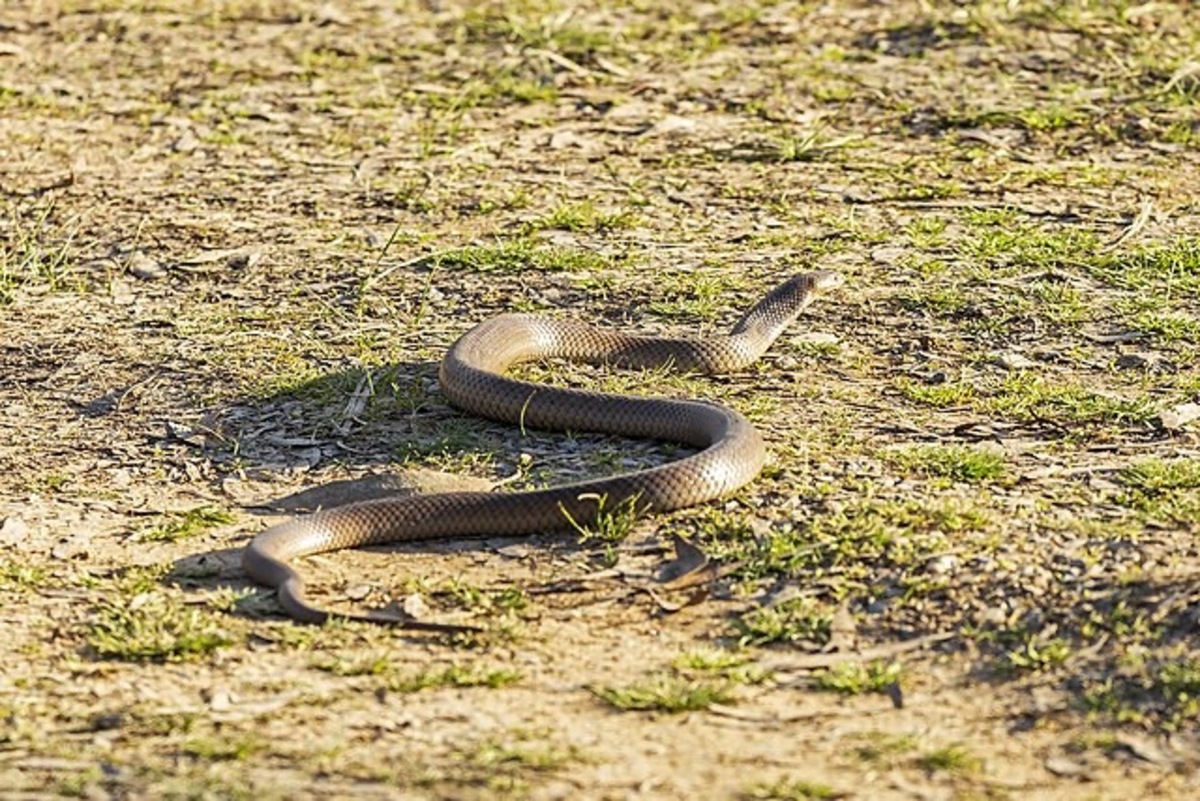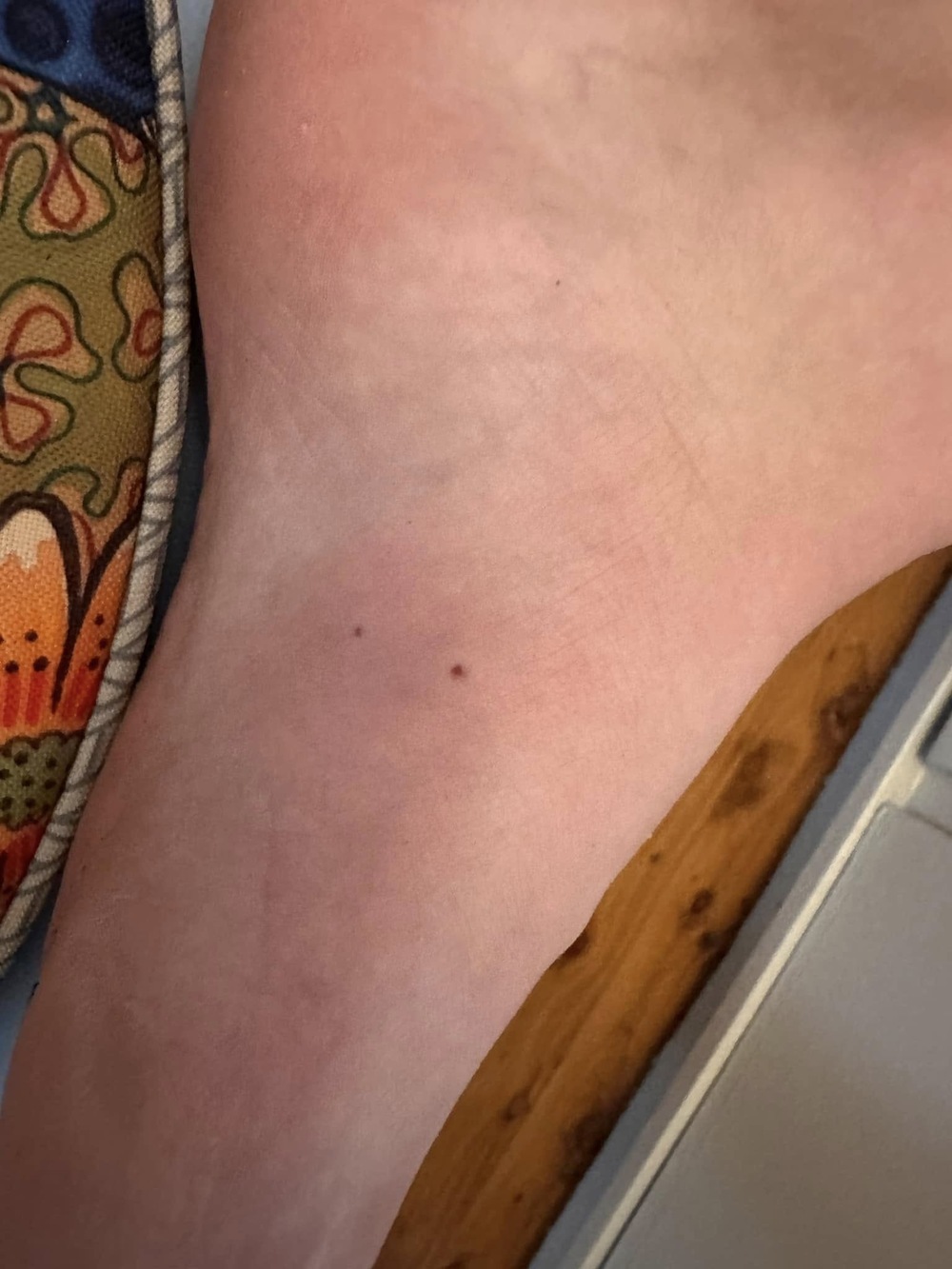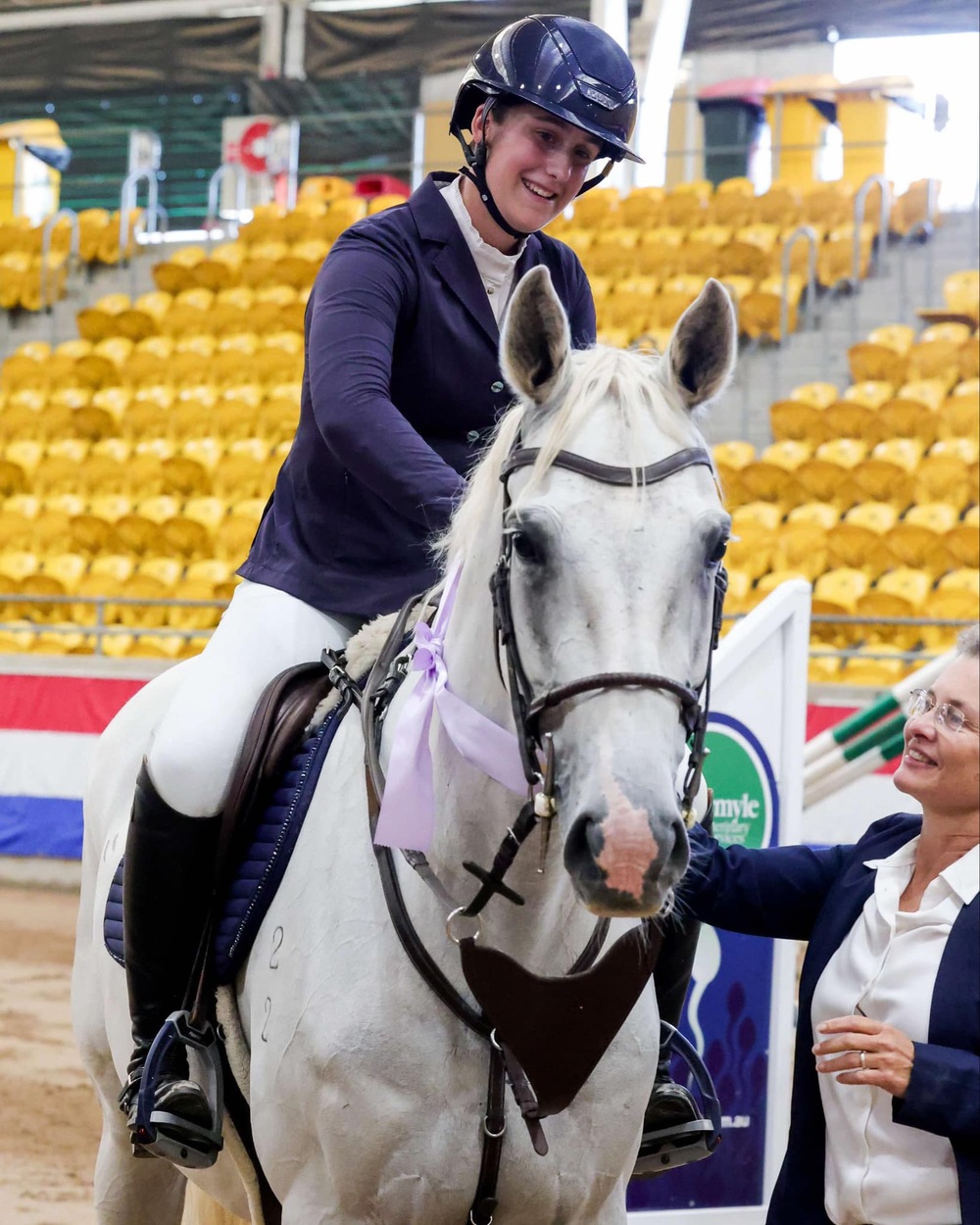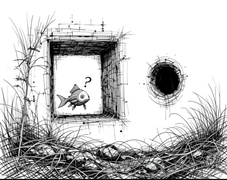Snake season is not over yet
Lily Plass
08 March 2025, 1:40 AM
 Eastern Brown Snake. Photo: Robert Myers Creative Commons Attribution-Share Alike 3.0 au.
Eastern Brown Snake. Photo: Robert Myers Creative Commons Attribution-Share Alike 3.0 au.Even though colder weather is approaching, the snake season is not over yet.
Eighteen-year-old Amelia Empringham from Nevertire was bitten on the leg by a snake while moving showjumps in the afternoon of Monday 3 March.
At first, the bite seemed as if it came from an insect but Sally Empringham, Amelia's mother, sprung into action quickly and applied a snake bandage.
Due to a bad mobile service connection with emergency service providers, Mrs Empringham rushed to get her daughter to Warren Hospital, around 30 minutes away.

A picture of the bite on Amelia's leg. Photo: Sally Empringham.
"Mobile service is appalling even with Starlink and cell fi," said Sally.
"There are delays while the service breaks up and they can't understand you, which wastes precious time and is incredibly stressful."
Bandaging the wound as quickly as possible to slow the spread of the venom is vital when handling a snake bite, Royal Flying Doctor Service (RFDS) South Eastern Section Chief Medical Officer Dr Shannon Nott said.
Snake bandages help slow the spread of the venom and extend the treatment window from 30 minutes to two to six hours.
"We're really lucky that many rural communities know first aid."
The RFDS recommends immediately calling triple 000, avoiding movement to prevent the venom from spreading, applying a pressure bandage, and if possible, splinting the affected limb.
Snake encounters are more likely in tall grass or when picking up stones or wood, but in general, snakes are shy and avoid human contact, Dr Nott said.
"Australian snakes don't want to hurt us any more than we want to see a snake."
During cold snaps, such as the one NSW experienced in mid-February, there is an increased chance of getting bitten by a slow-moving snake.
Amelia was later brought to Dubbo hospital because the Warren hospital did not have antivenin and could not test for venom in the blood, Mrs Empringham said.
"It makes you feel incredibly vulnerable.
"No hospital, especially when it's an hour and a half from a larger hospital, should be without a doctor or antivenin."
Dr Nott said one of the challenges treating snake bites in rural communities is the greater distance to the next healthcare facility and the lack of relevant pathology services at some sites.
"Not all small hospitals have relevant pathology services.
"We try and pick people up and take them to facilities that allow us to do ongoing blood tests and monitor people for any late signs of envenomation."
Blood tests can show early signs of venomisation, however, administering an antivenom without significant toxicity can have severe consequences.
"Not every person that gets bitten by a snake is envenomated, which is known as a dry bite," Dr Nott said.
"We treat everybody as though they are envenomated because of the serious nature of Australian snake bites."
Mrs Empringham said although the staff at the Warren and Dubbo hospital took great care of her and her daughter, she has been waiting years for rural facilities to receive more funding and staffing.
In 2022, she spoke at the Parliamentary inquiry into Regional and Rural Health Services to highlight her experience living in a remote town with limited medical services.
"The only real change since 2022 is that our mobile phone service is worse now, despite having cell fi and satellite internet on both the house and car."
Pathology later confirmed that there was venom in Amelia's system but the snake that bit her was never seen.
She has since been discharged from hospital and is recovering well.

Once Amelia is fully recovered, she can resume her passion for showjumping. Photo: supplied.



